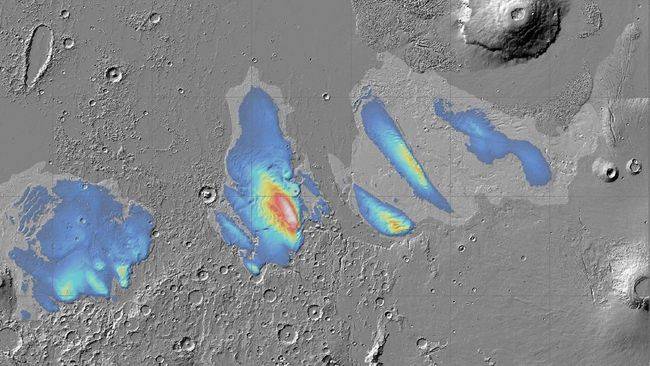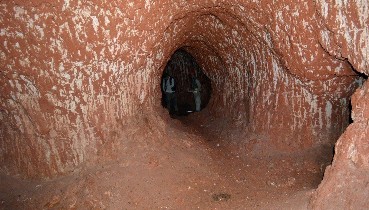
Amazing Nature
20 May 2024 ( 49 views )

Advertisements
Water ice buried at Mars’ equator is over 2 miles thick
The Mars Express orbiter has detected enough water ice buried beneath the Red Planet’s equator to cover the entire planet in a shallow ocean if melted.
Recommended Videos
 Nature Reclaims Abandoned Chinese Fishing Village570 views
Nature Reclaims Abandoned Chinese Fishing Village570 views Mother who weighed 700lbs and was fed through a FUNNEL in a bid to become the world's fattest woman reveals how she lost nearly 200 POUNDS to have her daughter safely3102 views
Mother who weighed 700lbs and was fed through a FUNNEL in a bid to become the world's fattest woman reveals how she lost nearly 200 POUNDS to have her daughter safely3102 views-
Advertisements
 White Ghost Cicada - Ayuthia spectabilis2881 views
White Ghost Cicada - Ayuthia spectabilis2881 views “Skeleton Flowers” Turn Transparent In The Rain138 views
“Skeleton Flowers” Turn Transparent In The Rain138 views Square Watermelons Are A Thing in Japan That Are Beautiful And Expensive122 views
Square Watermelons Are A Thing in Japan That Are Beautiful And Expensive122 views Winners Of 2023 Nature Conservation Photo Contest Revealed—Prepare To Be Wow'ed!845 views
Winners Of 2023 Nature Conservation Photo Contest Revealed—Prepare To Be Wow'ed!845 views The Bunya Pine: A Strange, Impressive, and Useful Tree..861 views
The Bunya Pine: A Strange, Impressive, and Useful Tree..861 views The vulturine guineafowl is the largest bird of the guineafowl family of birds.53 views
The vulturine guineafowl is the largest bird of the guineafowl family of birds.53 views
Advertisements
You may also like
 The giraffe weevil (Trachelophorus giraffa)
The giraffe weevil (Trachelophorus giraffa)  20 Mesmerizing Pics Of Mother Nature’s Will To Survive
20 Mesmerizing Pics Of Mother Nature’s Will To Survive  A giant mammal that lived 10,000 years ago in Brazil dug gigantic tunnels called “palaeoburrows”. And digging those tunnels required claws. Huge ones.
A giant mammal that lived 10,000 years ago in Brazil dug gigantic tunnels called “palaeoburrows”. And digging those tunnels required claws. Huge ones.  Netizens Share Fascinating Facts About Genetics, Here Are The 55 Most Interesting
Netizens Share Fascinating Facts About Genetics, Here Are The 55 Most Interesting